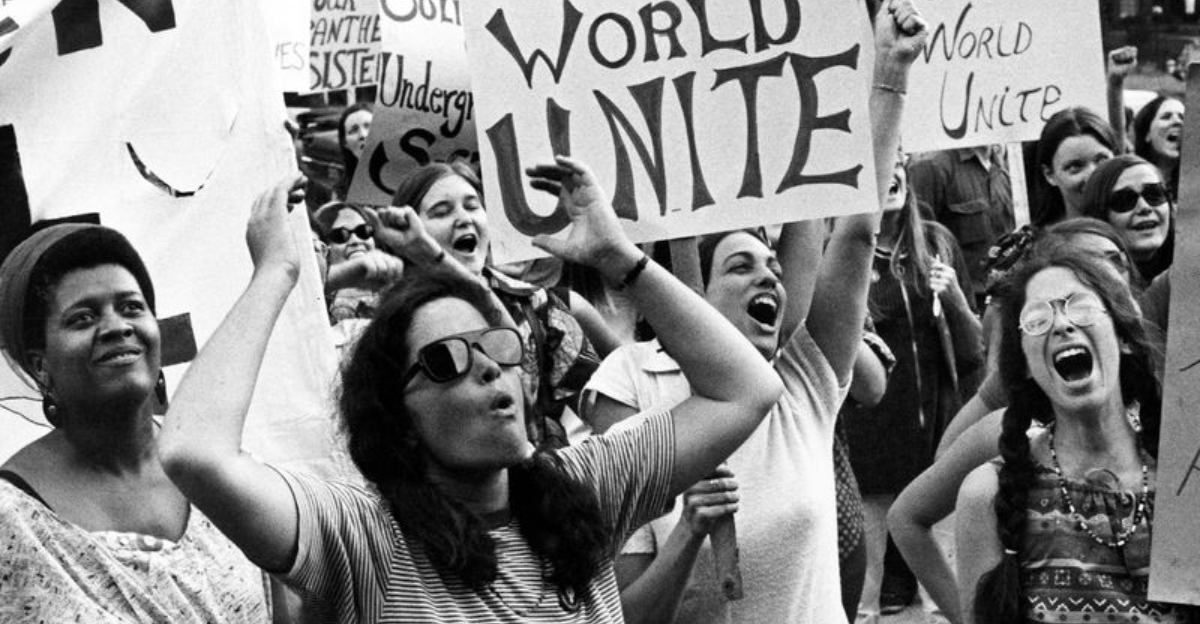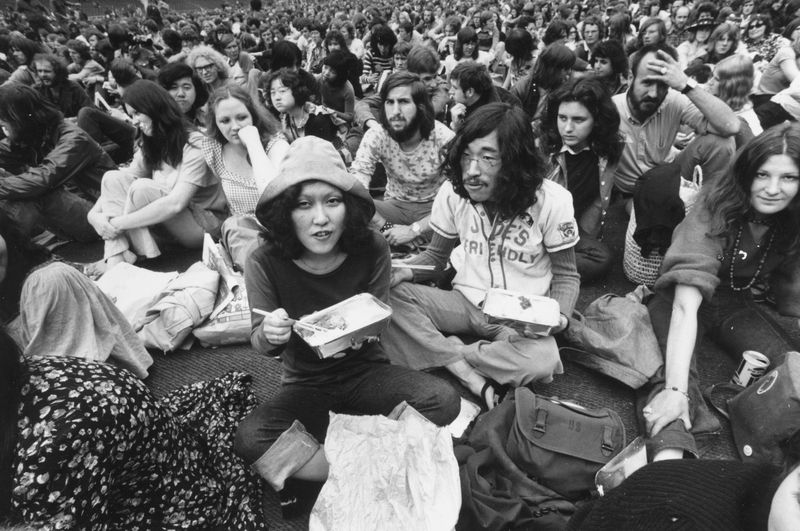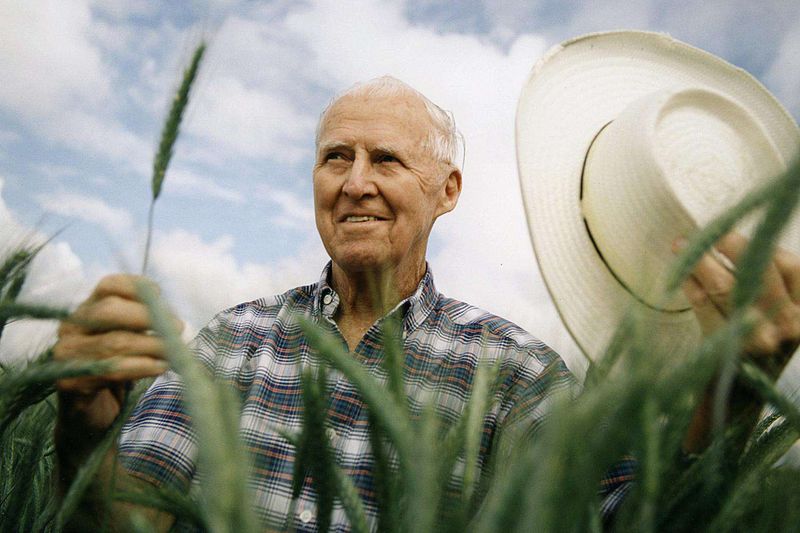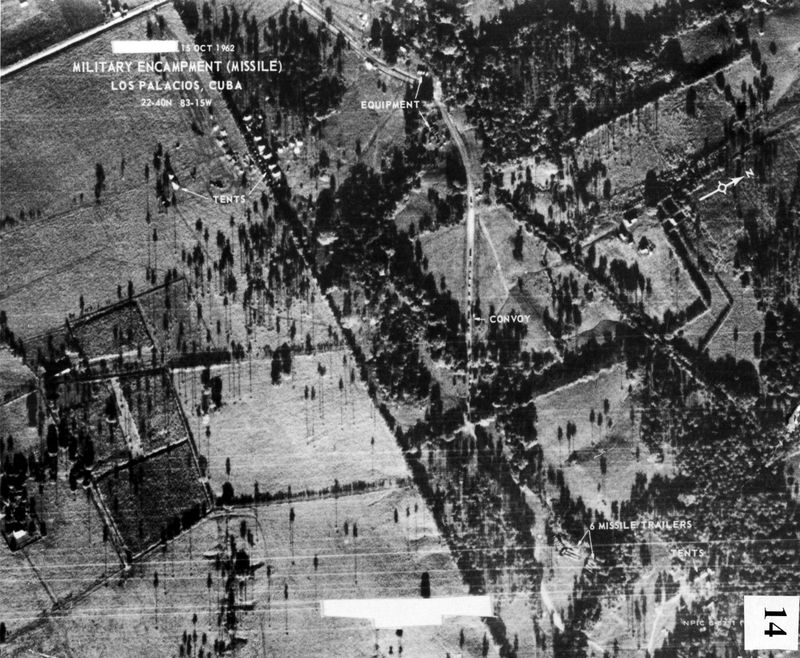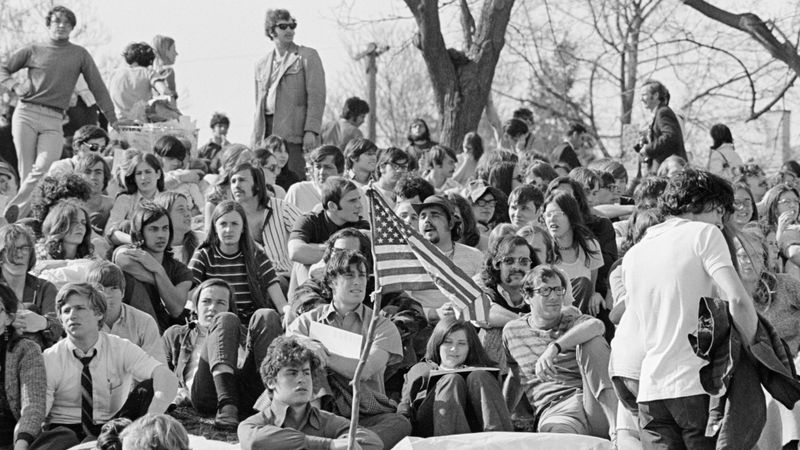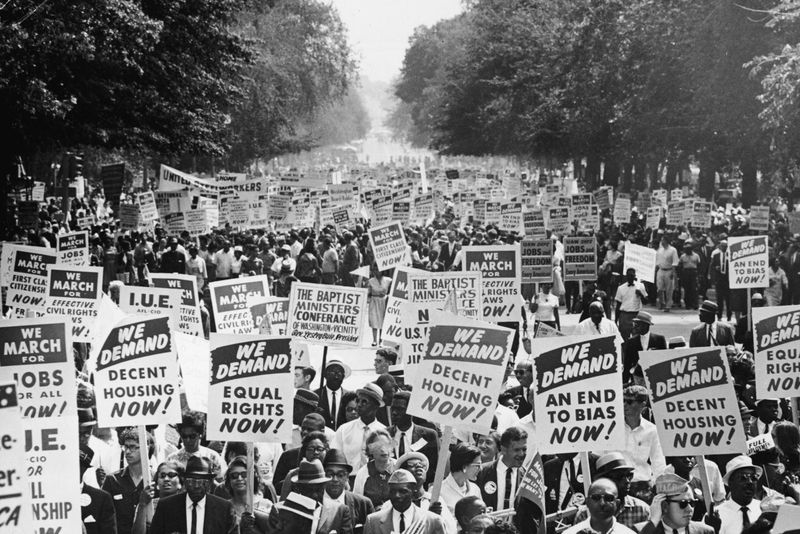The 1960s was a transformative decade, marked by cultural revolutions, technological advancements, and political upheavals. While many aspects are well-known, there are intriguing facets that often escape the average American’s attention.
This blog post delves into eight such fascinating facts that reveal the depth and complexity of this vibrant era, offering a fresh perspective on a decade that reshaped America and the world.
1. The Rise of Communes
In the heart of the 1960s, communes became a symbol of the counterculture movement. These intentional communities emerged as havens for those seeking alternative lifestyles.
They were often located in rural areas, embodying ideals of shared resources and collective living. The rise of communes was fueled by a desire to escape mainstream society and experiment with new forms of social organization.
Many of these communities embraced sustainability and self-sufficiency, reflecting a deep connection with nature. Communes represented a radical departure from conventional living, leaving a lasting impact on social structures.
2. The Green Revolution
The 1960s witnessed the Green Revolution, a monumental shift in agricultural practices. This period saw the introduction of high-yield crops, modern fertilizers, and innovative farming techniques.
These advancements dramatically increased food production, especially in developing countries facing food shortages. The revolution was spearheaded by scientists and farmers working collaboratively to combat global hunger.
While it brought prosperity to some regions, it also raised concerns over environmental sustainability. The Green Revolution fundamentally changed the landscape of agriculture, blending science with farming in unprecedented ways.
3. The Birth of the Internet
Long before the digital age as we know it, the 1960s laid the groundwork for the internet. The development of ARPANET, the precursor to the modern internet, marked a significant technological leap.
Pioneers in computer science and engineering collaborated to create a network that could share information across vast distances. This innovation was initially driven by military needs but quickly expanded into academic and research fields.
The birth of the internet during the 1960s set the stage for the interconnected world we inhabit today, bridging gaps in communication and information exchange.
4. The Cuban Missile Crisis
The Cuban Missile Crisis of 1962 was a pivotal moment in the Cold War, bringing the world to the brink of nuclear conflict. This tense standoff between the United States and the Soviet Union unfolded over thirteen days.
The discovery of Soviet missiles in Cuba triggered a crisis that tested diplomatic nerves. President Kennedy’s leadership and negotiation skills were crucial in de-escalating the situation.
The resolution involved intense back-channel communications and a public agreement to remove missiles. This incident highlighted the fragility of peace during the Cold War, emphasizing the need for careful diplomacy.
5. The Feminist Movement Gains Momentum
The 1960s was a defining decade for the feminist movement, as women across the United States began to demand equality and liberation. This era saw the formation of influential organizations like the National Organization for Women.
Activists campaigned vigorously for issues such as reproductive rights, workplace equality, and political representation. The feminist movement of the 1960s challenged traditional gender roles and sparked important legislative changes.
This period laid the groundwork for future advancements, empowering women to take control of their destinies and advocate for their rights. The movement’s impact continues to be felt today.
6. The Psychedelic Art Movement
The 1960s saw the flourishing of the psychedelic art movement, characterized by vivid colors, surreal imagery, and an exploration of consciousness. This artistic wave was closely linked to the counterculture and the popularity of psychedelics like LSD.
Artists sought to represent altered states of mind, breaking away from traditional art forms. Psychedelic art influenced music, fashion, and advertising, creating a distinct visual language that resonated with the era’s spirit.
The movement encouraged artists to explore new boundaries, leaving a lasting legacy on contemporary art and culture with its bold expressions and innovative techniques.
7. The Environmental Movement’s Early Days
The environmental movement began to take shape during the 1960s, as awareness of ecological issues grew. This decade laid the foundation for modern environmentalism, spurred by disasters and scientific revelations.
Books like Rachel Carson’s “Silent Spring” alerted the public to the dangers of pollution and pesticide use. Grassroots activism and legislative efforts emerged, focusing on conservation and protecting natural resources.
The movement’s early days were driven by passionate individuals and organizations. Their efforts planted the seeds for future environmental advocacy, shaping policies and attitudes towards sustainability and stewardship of the Earth.
8. The Civil Rights Movement’s Lesser-Known Stories
While the Civil Rights Movement is well-documented, many lesser-known stories from the 1960s highlight the bravery of countless unsung heroes. Local leaders and community members played crucial roles in advancing civil rights.
These individuals organized protests, boycotts, and education initiatives that often went unnoticed by the media. Their unwavering commitment to justice and equality made significant impacts in their communities.
These stories reveal the grassroots nature of the movement and the collective effort required to challenge systemic discrimination. They serve as a reminder of the power of resilience and solidarity in the fight for civil rights.
